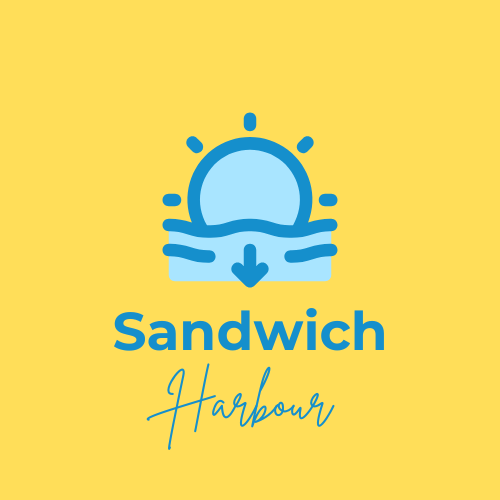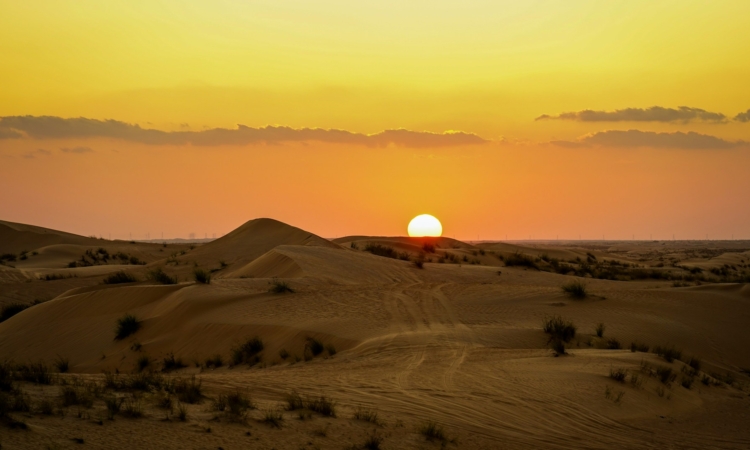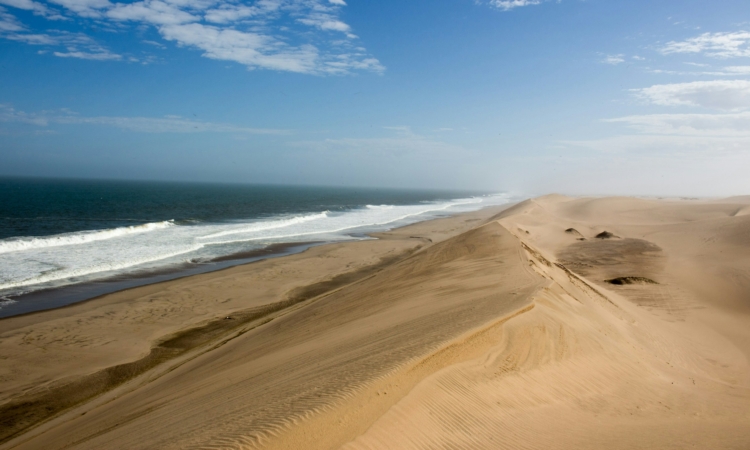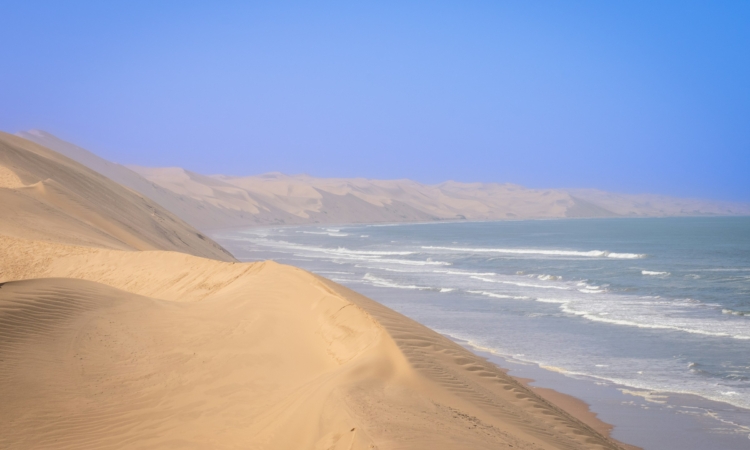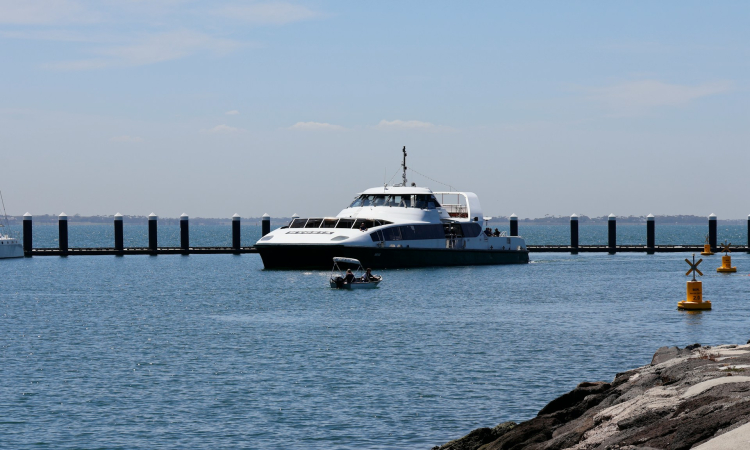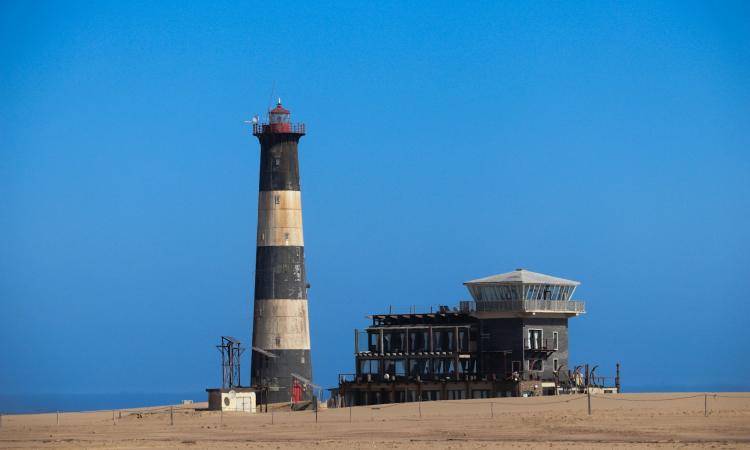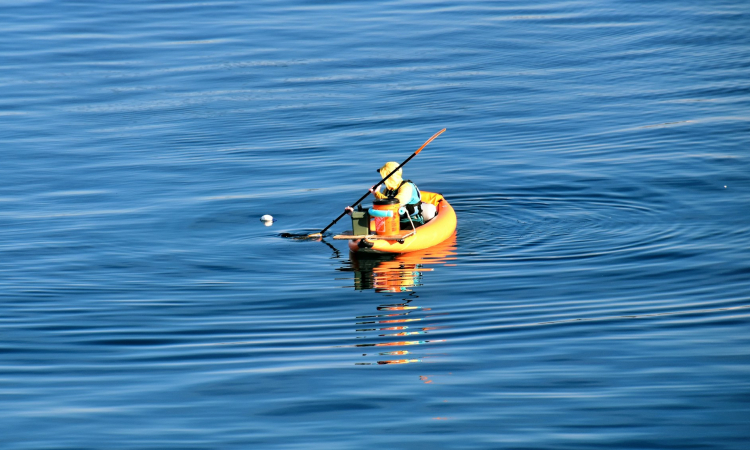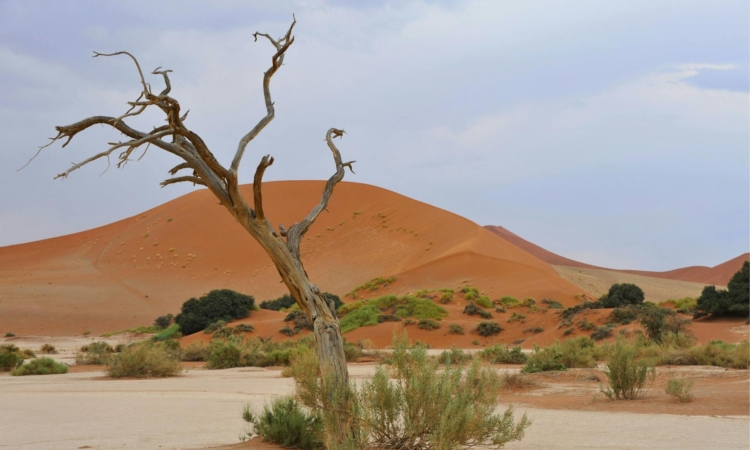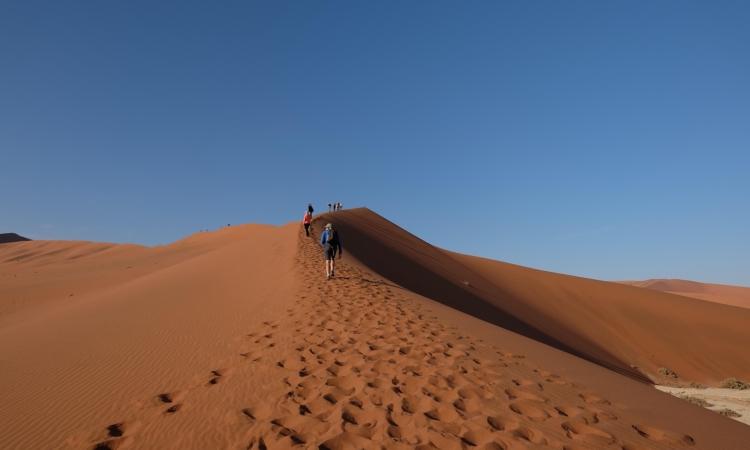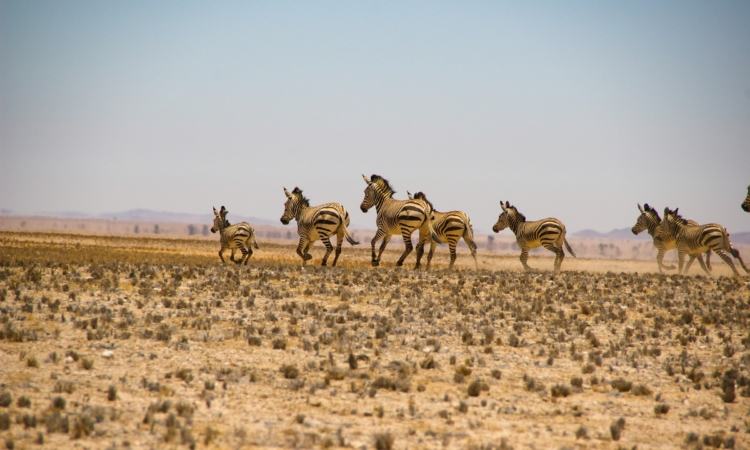In Namibia, the Nama people had a clan called the Topnaar. Utuseb is the largest of their communities. All of these communities are found in the Erongo Region of central Namibia, along the Kuiseb River.
The Nama are part of the larger Khoi-Khoi (Hottentots) group. The Topnaar people, who are part of the Nama, are nomadic, raise cattle, and speak the Khoikhoi language. In Namibia’s Erongo Region, they live in the Central Namib, along the Kuiseb River in the lower Kuiseb Valley, near Walvis Bay.
The first European settlers called the Khoi-Khoi people Hottentots, likely because of their language, Nama, which uses “click” sounds. In Nama, | means “dental click,” || means “lateral click,” ! means “palatal click,” and =t= means “alveolar click.” The Khoi-Khoi, also called “men of men,” used to live across more parts of southern Africa.
The Khoi-Khoi people now live only in Namibia and are divided into three groups: the Nama, the Oorlam, and several San groups.
The Topnaar of the lower Kuiseb Valley and the Topnaar of Sesfontein are two of the nine tribes that form the Nama. The word Topnaar comes from Dutch and means “those who are on top” or “people of the upper land.” This is probably a translation of their traditional name, Aonin.
The name Aonin can mean “people on the top,” because they lived in the mountains; “people standing above the Nama,” meaning they were seen as higher in status; “people living in a marginal area,” meaning they lived on the edge of Nama land; or “people living by the sea.”
The Topnaar tribe is divided into sibs, or clans, and led by a chief and his council. In the past, leadership was passed down in families, but today the people help choose a new leader.
History of the Topnaar Tribe

The Topnaar are one of Namibia’s oldest groups. Their full history is not well known. The first record of them in the Walvis Bay area comes from 1670, when a ship from the Dutch East India Company sailed into Sandwich Harbour, just south of Walvis Bay.
The crew saw people on the shore and called them Hottentots. However, these people spoke a different language from the Cape Hottentots known from earlier Dutch trips to South Africa. At that time, the Kuiseb River still flowed into the sea at Sandwich Harbour.
In 1677, another Dutch East India Company ship, the Boode, visited Sandwich Harbour and met Hottentots who were collecting Inara seeds and herding animals.
In 1973, Dr. Beatrice Sandelowsky found pieces of a Khoi clay pot at Conception Bay. The pottery was about 650 years old. This shows that Khoi-Khoi people were already living near the Namibian coast in the 1300s. However, it is not clear if they were Topnaar or from another group.
According to oral history, the Topnaar came from the north before settling in the Walvis Bay area. But the exact place they came from is not known.
The Topnaar were among the first traders in Namibia. As early as 1677, they began trading with European sailors, offering meat, goats, milk, Inara, and fresh water in exchange for basic goods, clothes, tools, and alcohol.
There are different stories about how some Topnaar people ended up in Sesfontein, which is in the Kaokoveld, about 500 kilometers north of the Kuiseb. According to Hoernlé, the Topnaar told her that after settling in Walvis Bay, some went back north.
Other stories say that a group joined Jan Jonker Afrikaner, the Afrikaner leader, to fight the Herero in the 1880s. They later stayed in the north in a place called Am-eib. Drought forced them to move to Sesfontein, where other African groups like the Bushmen and Bergdama already lived. They were later joined by the Swartboois, another Nama group.
The Topnaar in the lower Kuiseb Valley still live by herding animals, growing gardens, and collecting Inara. The Inara is a type of wild cucumber. It gives them food and water and grows naturally along Namibia’s coast.
Because they rely on the Inara, the Topnaar are also called Inaranin. However, this word is sometimes used in a negative way, because it points to their use of “veldkos”, a word that means “food from the land,” or plants found and used for survival.
